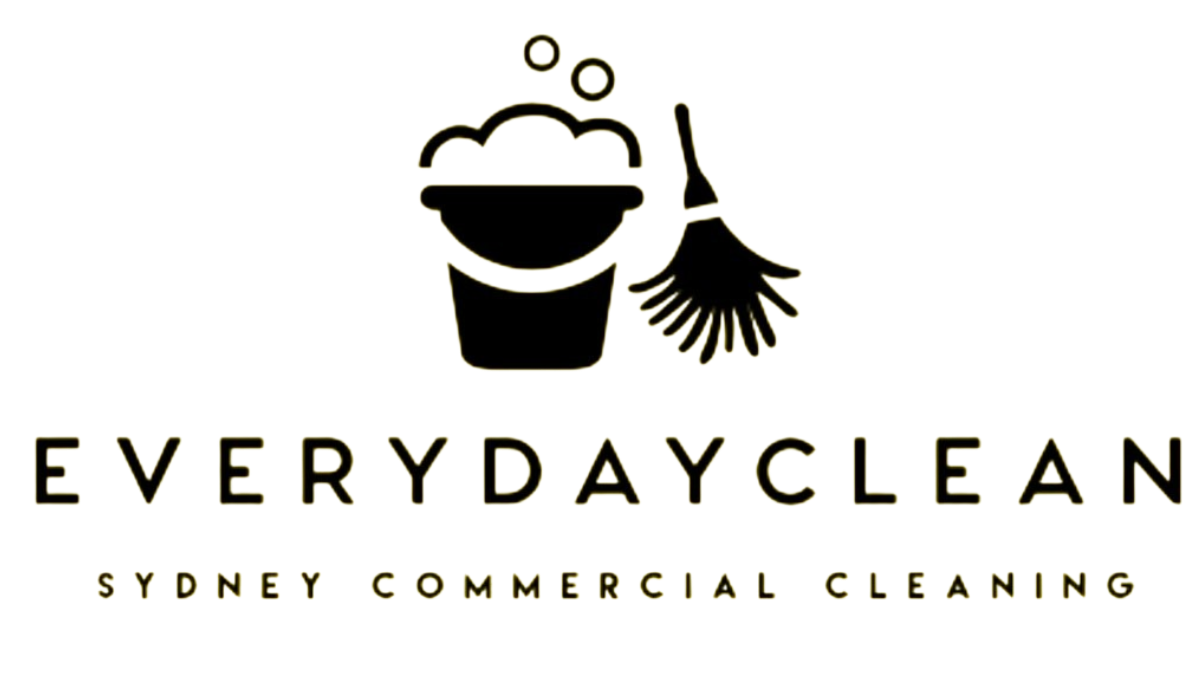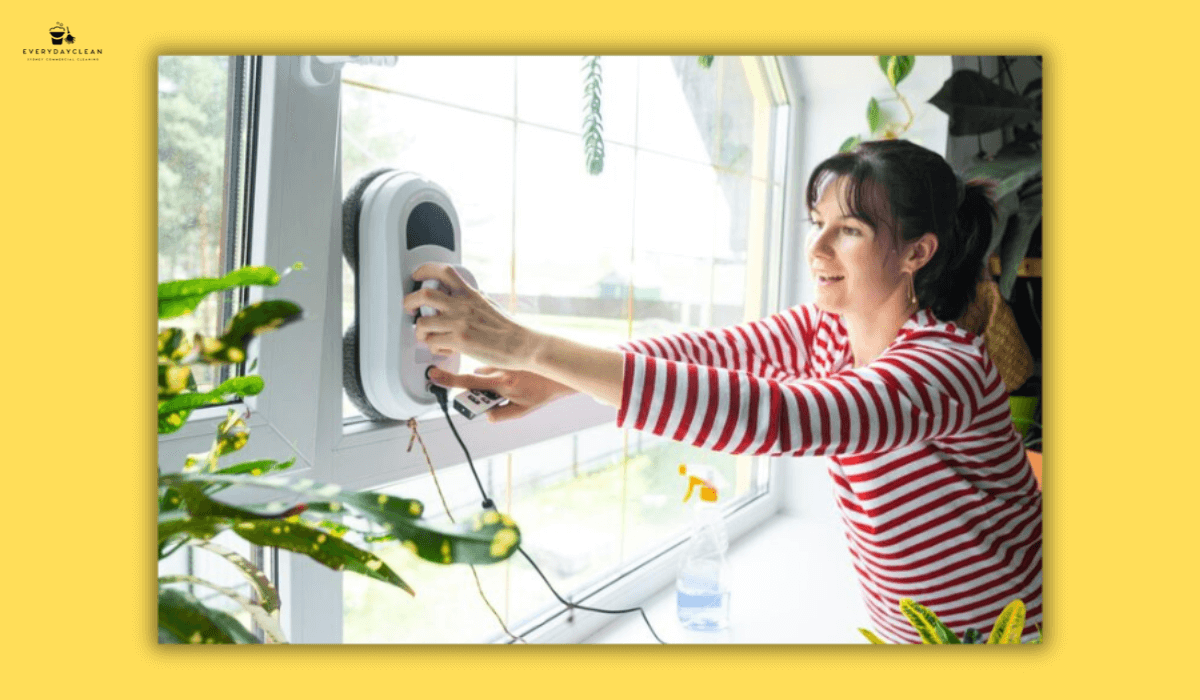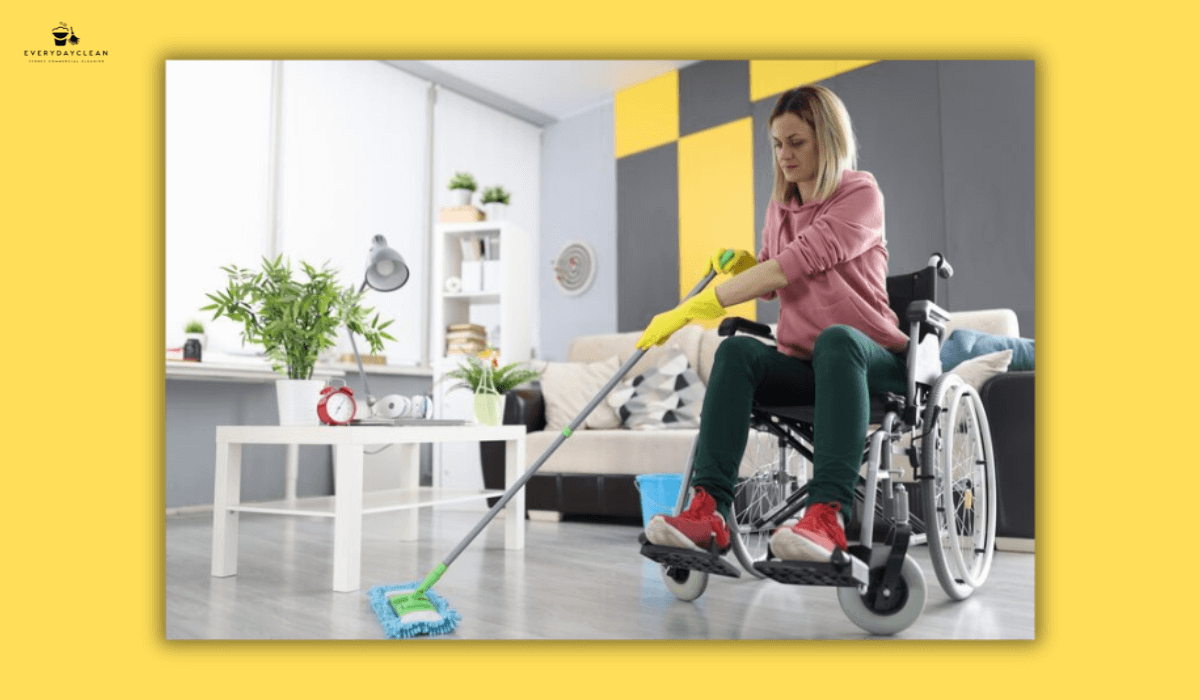How to Clean Up Dust from Construction: Step-by-Step Guide
Cleaning up dust after construction work is essential for ensuring a safe, breathable, and usable space. Whether you're dealing with drywall residue, fine sawdust, or general post-build grime, knowing how to clean up dust from construction effectively saves time and protects your equipment, surfaces, and final presentation. This guide offers practical steps and post-construction cleaning tips, including techniques for removing drywall dust and selecting the right vacuum for fine dust particles.
Why Construction Dust Requires Special Cleaning Methods
Construction dust isn’t just ordinary dirt—it’s ultra-fine, airborne, and invasive. This section explains why general cleaning methods often fall short when tackling post-build debris.
- Silica and drywall particles are lightweight, making them easy to spread across surfaces and into HVAC systems.
- Traditional sweeping or basic vacuuming tends to re-circulate dust, not remove it.
- Post-construction materials like adhesives, filler dust, and grout haze require different cleaning strategies than regular dirt.
To avoid repeated cleaning and achieve a truly dust-free result, professional-grade tools and staged methods are essential.
Dry Dusting vs. Wet Cleaning – What to Use and When
Choosing between dry and wet cleaning depends on the surface, dust volume, and the stage of the cleanup. This section outlines how to use both methods efficiently.
When to Use Dry Dusting
- Ideal for
first-pass cleaning where fine particles have settled visibly.
- Use
microfibre cloths or electrostatic dusters to trap, not spread, the debris.
- Works well on hard floors, countertops, walls, windowsills, and trims.
When Wet Cleaning Works Better
- Best for
removing sticky or embedded particles left after dry dusting.
- Apply
damp mops or cloths with mild, non-abrasive cleaning solutions.
Wet cleaning is essential for finishing high-touch surfaces like benchtops and cabinetry.
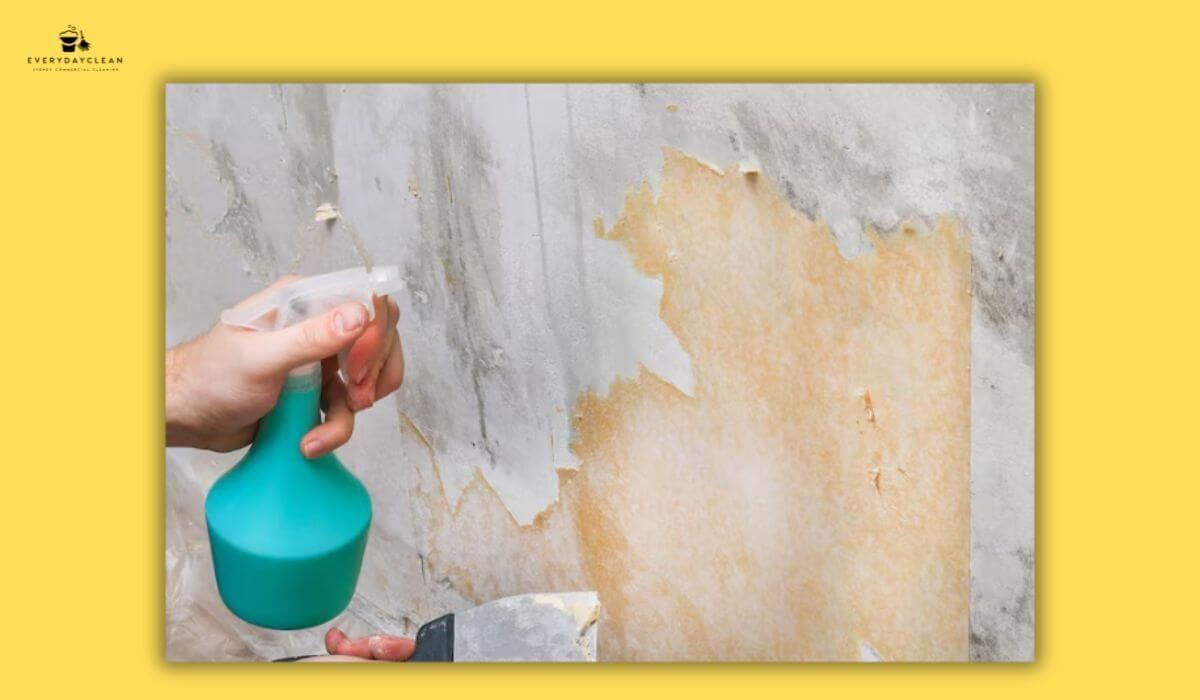
Best Tools to Clean Construction Dust Effectively
The right equipment makes a major difference in results, especially with persistent or airborne particles. Below are the most effective tools used in commercial-grade dust removal.
HEPA Filter Vacuums
- Traps particles as small as 0.3 microns.
- Prevents dust from recirculating into the air.
- Ideal for final vacuuming passes over hard floors, carpets, and upholstery.
Microfibre Cloths and Mops
- Electrostatic properties
capture dust rather than push it around.
- Reusable and washable.
- Ideal for detailing after larger debris has been removed.
Negative Air Machines (Optional)
- Used in larger construction or renovation jobs.
- Helps
extract airborne particles during active cleanup.
- Useful in confined or high-traffic commercial areas.
How to Clean Up Dust from Construction Without Spreading It
Construction dust—especially from drywall sanding—is fine, pervasive, and difficult to remove. If not handled correctly, it can resettle across cleaned surfaces or enter HVAC systems. Follow these structured steps to clean construction dust efficiently without spreading it.
Step 1: Light Sweep or Electrostatic Dust Mop
Begin with a soft-bristle broom or electrostatic dust mop to gently lift surface-level dust. Avoid aggressive sweeping, which can launch fine particles back into the air.
Step 2: Vacuum with a HEPA Filter
Use a HEPA-filter vacuum to remove fine dust from floors, baseboards, corners, and air vents. This is essential for trapping microscopic particles that standard vacuums miss.
Step 3: Damp Wipe All Surfaces
Use slightly damp microfibre cloths to wipe down horizontal surfaces, window sills, skirting boards, and shelves. Do not oversaturate the cloths—excess water can create a paste that smears dust rather than removing it.
Step 4: Re-check and Repeat Targeted Areas
Inspect areas like corners, trims, cabinetry, and window tracks for lingering dust. Re-clean any surfaces showing signs of residue, especially in high-settling zones.
Step 5: Clean Filters and Dispose of Waste
Empty vacuum canisters and
clean or replace vacuum filters immediately. Dispose of cloths, mop pads, and dust bags in sealed bags to avoid recontamination.
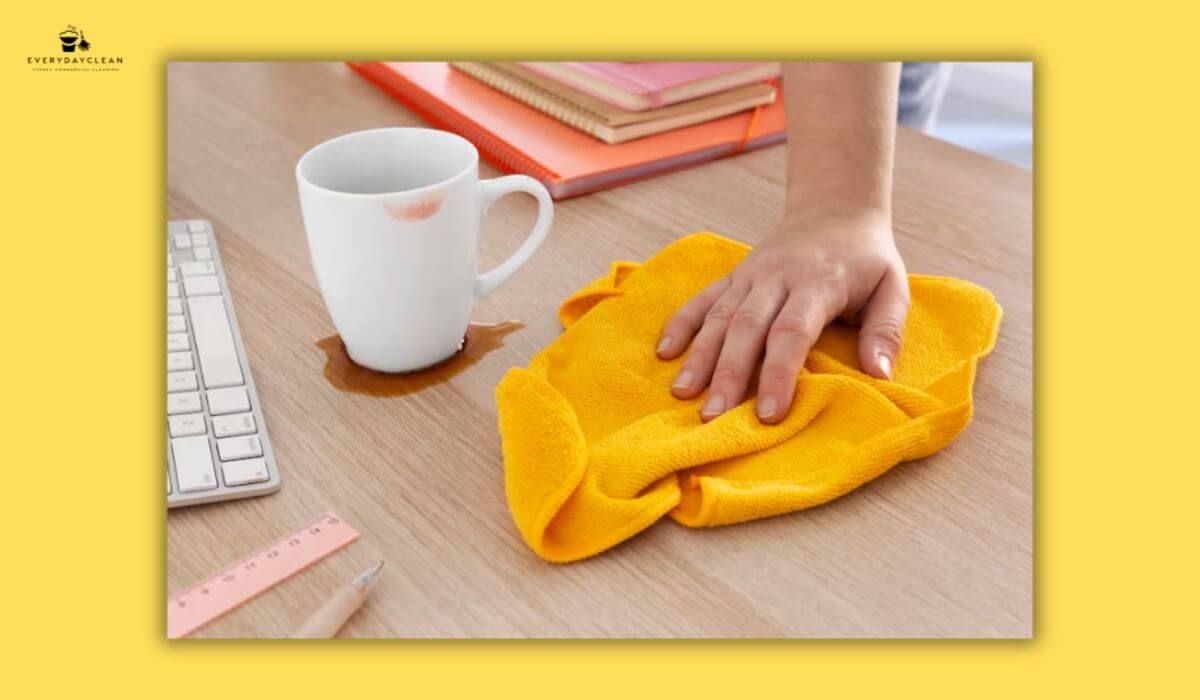
Post Construction Cleaning Tips from Professionals
For a truly clean and polished result, pros follow a few golden rules:
- Always clean from top to bottom – ceilings, walls, then floors.
- Replace HVAC filters to avoid recirculating dust into cleaned spaces.
- Use
colour-coded cloths and mops to maintain systemised cleaning zones.
- Allow floors to dry fully before placing rugs, mats, or furniture.
- Finish with a
final walk-through to catch missed spots.
These post-construction cleaning tips are part of our proven approach to delivering spotless results for commercial clients across Sydney.
Choosing the Right Vacuum for Fine Dust
Not all vacuums can handle construction-level dust. Choosing the correct type saves time and ensures cleaner results.
Features to Look For in a Construction Vacuum
- HEPA filtration to trap sub-micron particles.
- Strong suction power and sealed containment canisters.
- Durability for handling both fine dust and heavy debris.
Wet-Dry Vac vs. Standard HEPA Vac
- Wet-dry vacs are suitable for large debris, heavier particles, and mixed materials.
- HEPA vacuums are perfect for fine dust like gypsum, concrete, and plaster.
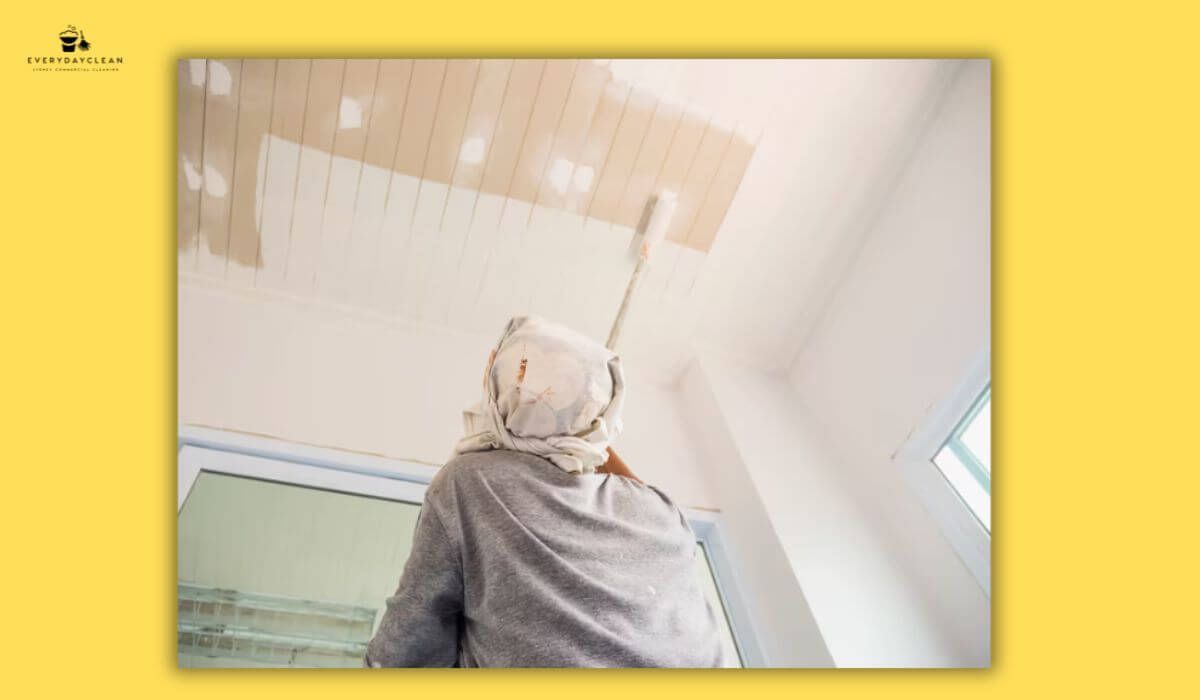
FAQs About How to Clean Up Dust from Construction
Removing fine dust after construction can be tricky—these FAQs address common concerns and provide practical solutions to keep your space truly clean.
What is the most effective way to clean up fine construction dust in commercial properties?
Start by using a vacuum with a HEPA filter to capture fine particles, followed by damp dusting and mopping. Avoid dry sweeping, as it spreads dust.
Can regular office cleaners handle post-construction dust removal?
Not effectively. Construction dust often includes fine drywall particles and debris that require specialised equipment and techniques.
How long does post-construction cleaning typically take for offices or retail spaces?
Depending on the site size and dust volume, it can range from a few hours to several days. A professional team can provide a detailed timeline after inspection.
Is it safe to occupy the space immediately after construction dust cleaning?
Yes, if handled professionally. Reputable cleaning services use low-toxicity, dust-binding products and HEPA vacuums to ensure the air and surfaces are safe.
What equipment is best for removing construction dust in large commercial areas?
Commercial-grade HEPA vacuums, air scrubbers, microfiber cloths, and floor scrubbers are essential for thorough post-construction cleaning.
How can I prevent construction dust from spreading to adjacent business areas?
Use dust containment barriers, seal air vents, and hire cleaning crews that understand containment practices before and after the work.
Final Touches for a Dust-Free Space
Once the major cleaning is done, don’t skip the last steps that guarantee the job is truly complete:
- Inspect vents, corners, window tracks, and light fittings.
- Run
air scrubbers or purifiers to catch floating residue.
- Schedule
follow-up cleaning if construction continues in phases.
- Use
protective floor mats to limit recontamination post-clean.
Leave the Heavy-Duty Cleaning to the Pros
Construction dust cleanup requires more than just a broom and vacuum. For deep, professional-grade post-construction cleaning, trust Everyday Clean. Our team is equipped with the right tools, training, and techniques to leave your space spotless and ready for use.
👉 Contact Everyday Clean today for reliable post-build dust removal and construction cleaning across Sydney.
Author’s Box
Author: Everyday Clean Content Team
Everyday Clean is Sydney’s trusted provider of commercial cleaning solutions, including pools, gyms, offices, and strata properties. Our licensed professionals use advanced, eco-friendly equipment to deliver safe, compliant, and spotless results. With deep experience across Sydney’s hospitality, fitness, and residential sectors, we help facilities maintain inviting, healthy environments that guests trust.
